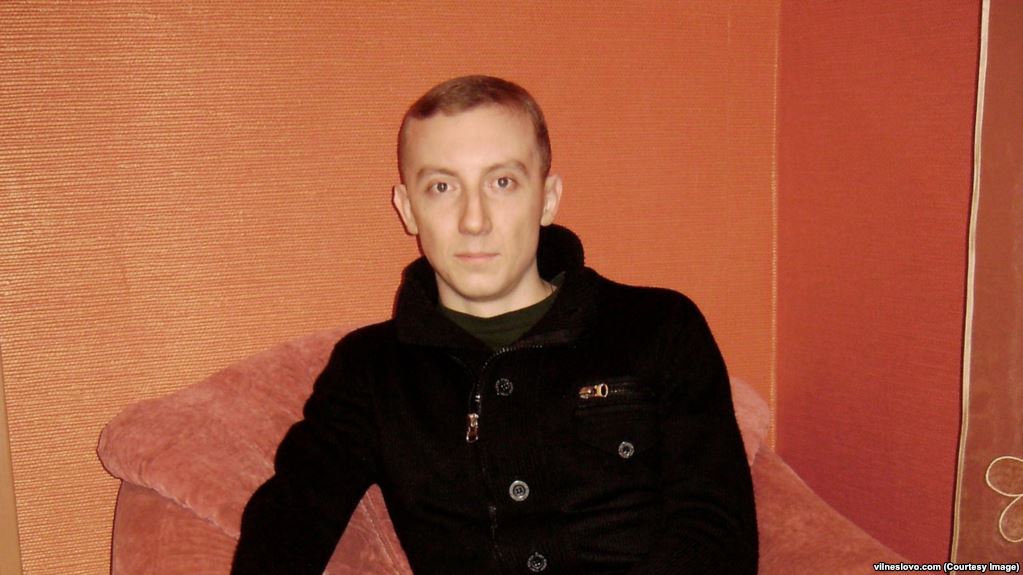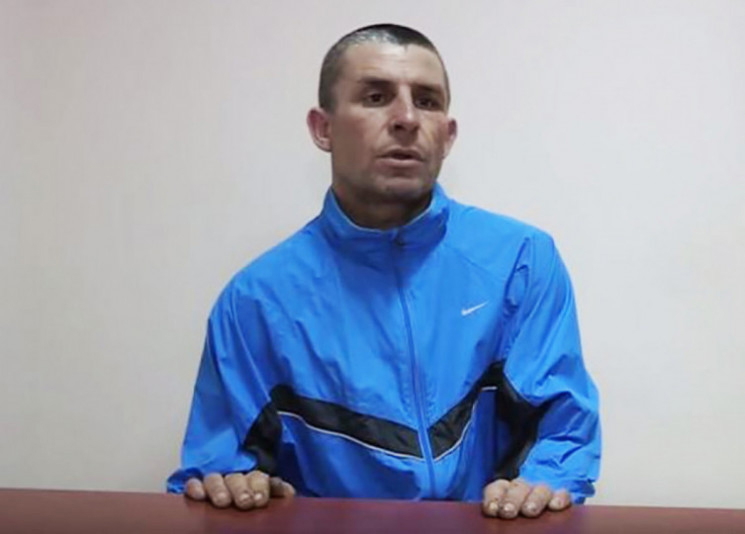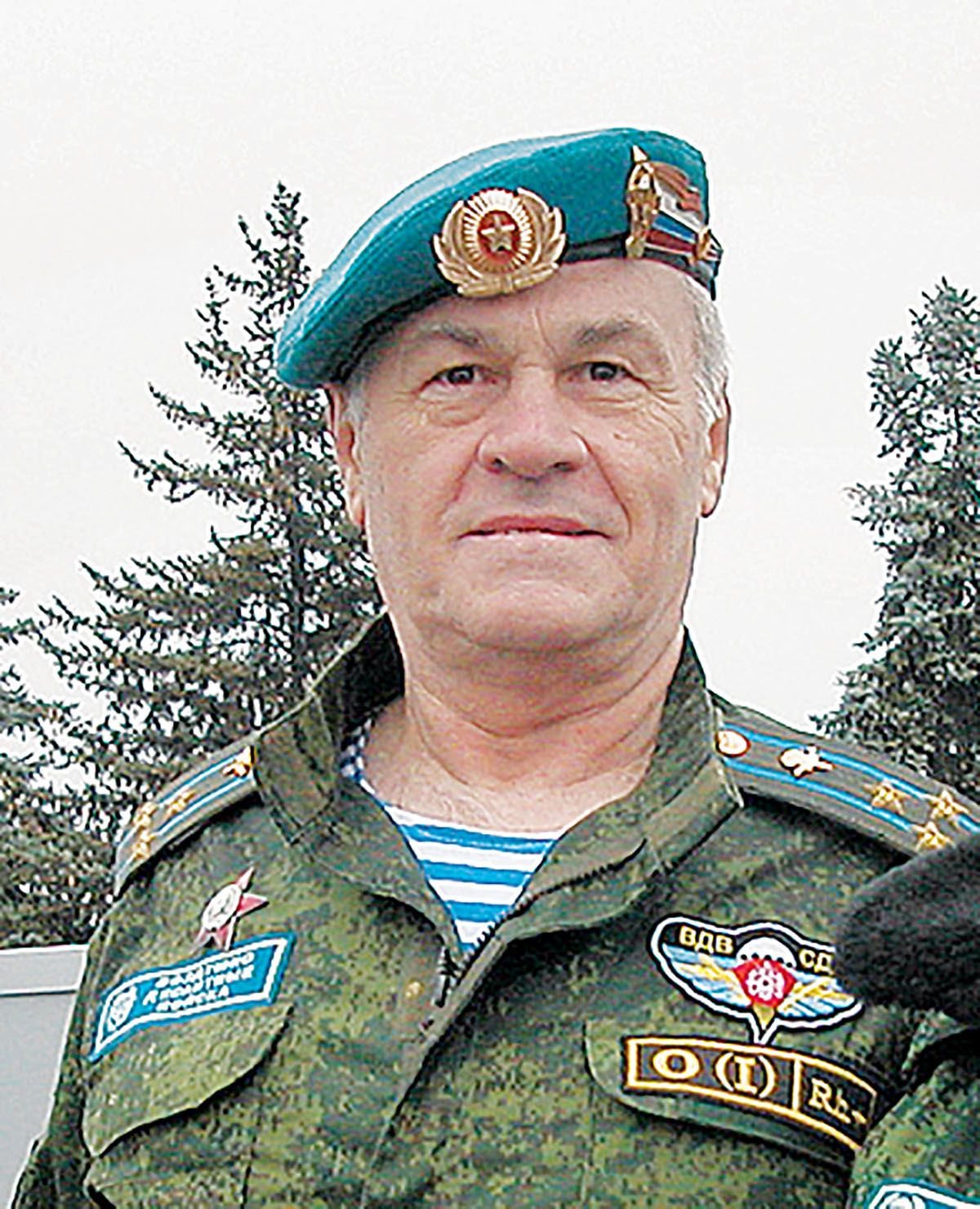It was one of the most euphoric events in Ukraine’s recent history. On Sept. 7, Ukraine and Russia carried out a long-awaited prisoner swap.
Each side released 35 detainees in an unprecedented exchange. Ukraine and Russia had never held a swap of that size. The last such direct exchange between the two countries occurred in 2016 and included only three prisoners.
Now, the Ukrainian authorities have promised to free more hostages by the end of 2019. But experts with years of experience in prisoner exchange negotiations warn that it may not prove so easy.
The prisoner swap proved controversial because of one man, Ukrainian citizen Volodymyr Tsemakh, whom Dutch authorities and some European Parliament lawmakers see as a “key suspect” in the 2014 downing of Malaysian Airlines flight MH17 over eastern Ukraine, which killed 298 people, most of them Dutch.
His inclusion in the exchange was a key demand by Moscow — one to which Ukraine ultimately acceded. The Netherlands subsequently expressed “regrets” about Kyiv releasing him. Later, the Netherlands requalified Tsemakh as a suspect, not a witness, according to Deutsche Welle.
But Tsemakh’s release may pose another challenge to Ukraine, experts familiar with the prisoner exchange process say. They doubt that Kyiv has other prisoners like Tsemakh whom the Kremlin wants back badly enough to release more Ukrainians.
“Ukraine does not hold these negotiations from a position of power,” said Nadia Volkova, director of the Ukrainian Legal Advisory Group. “Russia dictates (the rules) because it knows that Ukraine needs its citizens while the Russian government does not care about its people arrested here.”
How many prisoners?
Counting the number of Ukrainians who remain behind bars in Russia is difficult.
According to Liudmyla Denisova, Ukraine’s human rights ombudsman, 133 Ukrainian citizens are still imprisoned on political charges in Russia. Eighty-nine of them are Crimean Tatars, representatives of a native people of the Crimean peninsula that has been occupied by Russia. Most of them were detained in Crimea.
But other official estimates exist. Andriy Yermak, an aide to President Volodymyr Zelensky who was in charge of the swap in the president’s office, has said that the Kremlin still holds “hundreds of prisoners” from Ukraine.
Still, the true number could be higher, according to a source in the Ukrainian intelligence services, who asked not to be identified because he is not authorized to comment on this matter. He placed the official number at “117 to 130” but said it’s hardly correct.
“We are checking this out now,” he told the Kyiv Post. “But you can multiply (that figure) by two or, better yet, four.”
According to him, Denisova’s list does not include Ukrainians who had been convicted — usually in Crimea — and were serving time before the annexation. They have applied to the Russian authorities to request a transfer to Ukrainian prisons.
This list of prisoners is not public in Ukraine or Russia, but there are individuals whom the Ukrainian agencies involved in the exchange process agree are held in Russia, Crimea, or the occupied territories of Donetsk and Luhansk oblasts.

This collage photo shows (from L, clockwise) Enver Mamutov, Rustem Abiltarov, Zevri Abseitov, Remzi Memetov. (Anton Naumlyuk)
Among them are less straightforward prisoners: for example, four Crimean Tatars convicted in the so-called Hizb ut-Tahrir case. The international Islamic political organization, banned in Russia, aims to reunite Muslims under an Islamic caliphate. However, it has not been directly implicated in terrorism or political violence.
The four men — Zevri Abseitov, Enver Mamutov, Remzi Memetov and Rustem Abiltarov — were convicted on terrorism charges in 2018 and sent to prison for terms of up to 17 years. All four deny the charges against them. Their lawyer recently said that no one had approached him regarding their inclusion in a prisoner swap.
According to Radio Free Europe/Radio Liberty, another Kremlin hostage, Andriy Zakhtiv, who was convicted in Russia in February 2018 for preparing sabotage attacks, lost patience a few days ago after his name was not included on the Sept. 7 prisoner swap list. He has since asked Russian President Vladimir Putin for a pardon.
There are also at least 150 Ukrainians held in jails in the occupied Donbas, said Oleg Kotenko, coordinator of Patriot Group, a Kyiv-based non-government center that works on prisoner exchanges and releases.
This number includes people like journalist Stanislav Aseev, a Donbas native who for several years covered the Russian-occupied region undercover for pro-Kyiv news outlets. In June 2017, he was detained and imprisoned by the Russian-backed militants controlling the region and accused of espionage. A year later, he was shown on Russian TV confessing to spying for Ukrainian intelligence. Aseev’s friends believe he was forced to testify against himself and that he is innocent.

Journalist Stanislav Aseyev has been held prisoner by Russian-backed forces since June 2017 for his undercover reporting on life inside the Russia-occupied territories of the eastern Donbas. (Vilne Slovo)
There are also many Ukrainian soldiers among prisoners held by the Russia-backed militants in Donbas. For instance, two military special forces, Serhiy Glondar and Oleksandr Korinkov, have been locked up for four and a half years after being taken as a hostage following the Battle of Debaltsevo in February 2015.
Prisoners to exchange
According to the Security Service of Ukraine (SBU), 901 people in the country have been served notices of suspicion for alleged terrorism, separatism and treason since the beginning of 2018. That does not necessarily mean that all have been arrested, let alone convicted. Twenty-three of these individuals are Russian citizens.
Two hundred Russians and Ukrainians currently held by the Ukrainian authorities are ready for a prisoner swap, the intelligence source told the Kyiv Post. That means that all the procedural work required for the exchange has been completed: They have been questioned by prosecutors and security agencies, and can now be exchanged for Ukrainians held in Russia, he explained.
One prisoner whose name was discussed extensively after the Sept. 7 swap is Ruslan Gadzhiyev, a Russian citizen from Rostov-on-Don who came to the occupied Donbas in 2014 to become a tank commander and fight against Ukrainian troops.
“I cannot comment on why it happened, but I know for sure that he was removed from the exchange by the Ukrainian authorities and Russia agreed with that,” his lawyer Valentyn Rybin said.
According to the Kyiv Post’s intelligence source, Ruslan Gadzhiyev asked not to be sent back to Russia. The source did not explain why.
Rybin said Gadzhiyev is about to appeal his case.

After being detained, Ruslan Gadzhiyev is interrogated by the Security Service of Ukraine in 2015 in a video published by the agency. (Screenshot of Security Service of Ukraine video)
Olga Reshetilova, a coordinator of the Media Initiative for Human Rights, has created her own list of Russian prisoners held by Ukraine. According to it, there are at least 10 more to exchange.
One of them is Valeriy Gratov, a former security guard for the so-called “president” of Transnistria, a breakaway region of Moldova. Gratov came to Donbas in August 2014 to take part in the conflict. He was arrested in Moldova at the end of 2014 for participating in the war against Ukraine, but was soon released at the request of Russian lawmakers.
After being freed, Gratov returned to Donbas. In June 2017, he was arrested again by Ukraine while travelling from Donbas to Moldova on a fake passport.

Valeriy Gratov
“It is interesting that the court hearings in his case have not started yet, given that he is under arrest for two years already. He is being held in a pre-trial detention center in Dnipro, but what will happen to him — we just do not know,” Reshetilova said.
The big problem is that SBU does not reveal any information on Russian prisoners, Reshetilova stressed. As a result, it is extremely difficult to keep track of the cases of detained Russians.
Mission impossible?
Ukraine’s task is now to free more than a hundred people from Russian captivity. The question is whether Kyiv is capable of this.
To succeed, it makes Russia interested in another exchange, said lawyer Volkova, who helped with the release of Ukrainians Mykola Karpiuk and Stanislav Klykh, who were both freed on Sept. 7.
“If Russia agreed to release (film director Oleg) Sentsov, whose release was previously impossible, Russia had a clear understanding of why it is doing this and what it wants in return,” she said. “Ukraine had what (the Russian authorities) needed. That is the only reason why Russia started to negotiate.”
Volkova is referring to MH17 suspect Tsemakh. Without his inclusion, Russia would not have gone ahead with the exchange.
“Whom Russia wanted to bring back, it did,” said Kotenko.
He believes there will not be any other prisoners exchanges with Russia anytime soon.
“When Russian secret services were interested in releasing (Aleksandr) Aleksandrov and (Yevgeniy) Yerofeev,” — employees of Russian secret service taken prisoner in Donbas and exchanged in 2016 — “they used to call me twice a day, they were ready for almost any conditions. But when they are not interested, they forget about us,” Kotenko added.
Ukraine has no prisoners of such a high caliber who could make Russia negotiate another swap, both experts agree.
But the Kyiv Post’s intelligence source disagrees. There are prisoners that only the secret service knows about that would potentially be of high demand in Russia. According to him, Ukrainian intelligence has at least 20 people like Tsemakh — militants captured during recent special operations in Donbas. Their names have not yet been made public because authorities are still questioning them, he said.
Donbas swap
SBU claimed that Ukraine also needs to free 227 of its citizens from captivity in Donbas. According to the Interfax news agency, this subject will be discussed during the so-called Minsk talks on resolving the war in Donbas on Sept. 18.
The last prisoner swap between Ukraine and the Russian-backed militants in Donetsk and Luhansk oblasts took place in December 2017.
Under the current scheme, Ukraine would release 200 people and the militants would free 70 people. But this proposal is not proportionate, said Kotenko.
“We know about at least 150 (Ukrainians) are there. How can we prove this? Many of them were convicted. Even though the so-called Donetsk (Russian-backed) ombudsman (Daria) Morozova says that they have no idea where these people are, we at Patriot have conviction protocols in front of us saying that these people will spend around 10-12 years in prison,” said Kotenko.
“It is a manipulation of the exchange process. Ukraine should not agree to getting 70 people. If we give 200 prisoners, they have to give us at least 150.”
